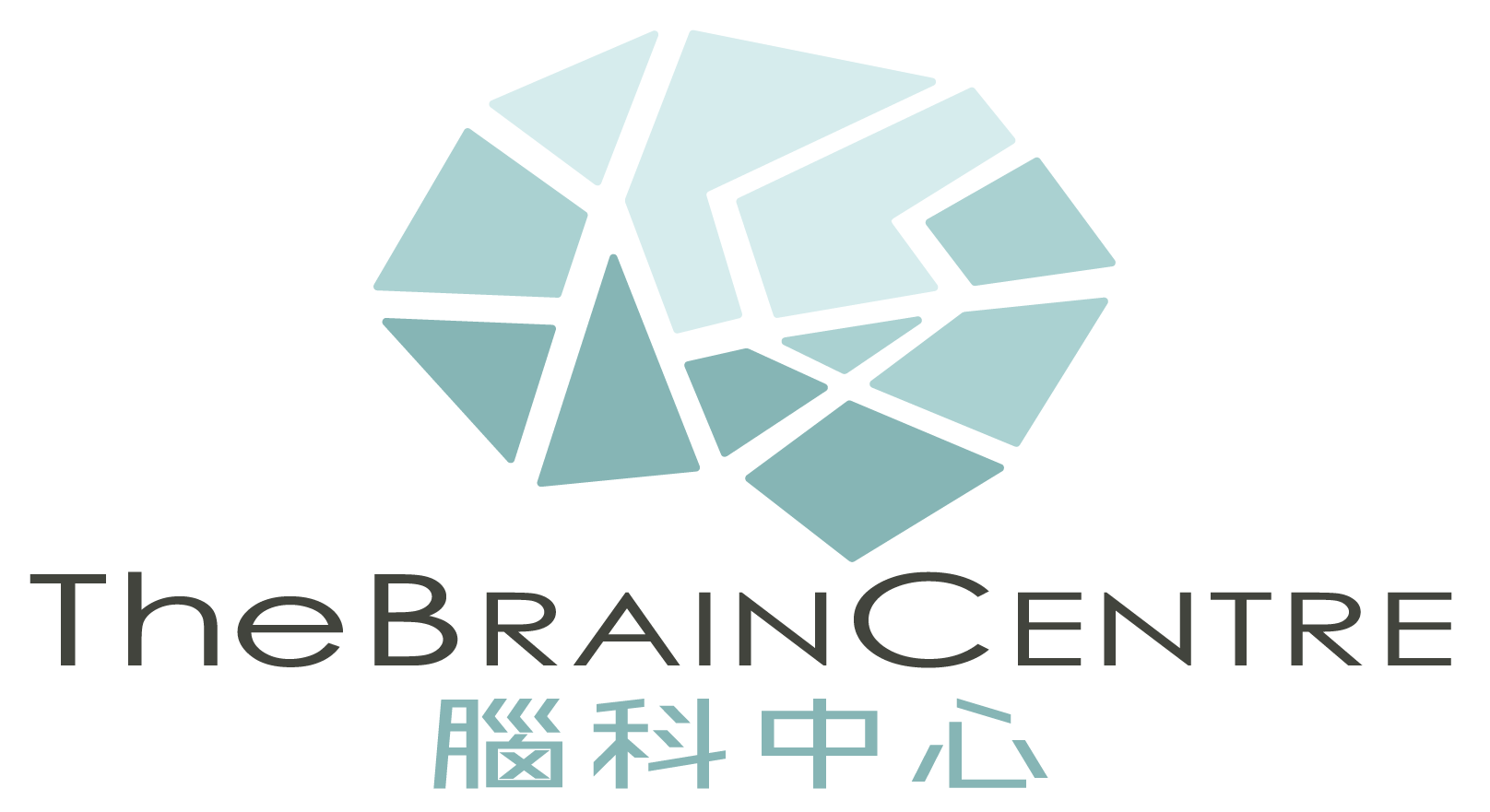Stereotactic radiosurgery for trigeminal neuralgia: a systematic review.
J Neurosurg. 2018;130(3):733–57. DOI: 10.3171/2017.9.JNS17545.
Tuleasca C, Régis J, Sahgal A, De Salles A, Hayashi M, Ma L, Martínez-Álvarez R, Paddick I, Ryu S, Slotman BJ, Levivier M.
Objectives
The aims of this systematic review are to provide an Objective summary of the published literature specific to the treatment of classical trigeminal neuralgia with stereotactic radiosurgery (RS) and to develop consensus guideline recommendations for the use of RS, as endorsed by the International Society of Stereotactic Radiosurgery (ISRS).
Methods
The authors performed a systematic review of the Englishlanguage literature from 1951 up to December 2015 using the Embase, PubMed, and MEDLINE databases. The following MeSH terms were used in a title and Abstract screening: “radiosurgery” AND “trigeminal.” Of the 585 initial results obtained, the authors performed a full text screening of 185 studies and ultimately found 65 eligible studies. Guideline recommendations were based on level of evidence and level of consensus, the latter predefined as at least 85% agreement among the ISRS guideline committee members.
Results
The results for 65 studies (6461 patients) are reported: 45 Gamma Knife RS (GKS) studies (5687 patients [88%]), 11 linear accelerator (LINAC) RS studies (511 patients [8%]), and 9 CyberKnife RS (CKR) studies (263 patients [4%]). With the exception of one prospective study, all studies were retrospective. The mean maximal doses were 71.1–90.1 Gy (prescribed at the 100% isodose line) for GKS, 83.3 Gy for LINAC, and 64.3–80.5 Gy for CKR (the latter two prescribed at the 80% or 90% isodose lines, respectively). The ranges of maximal doses were as follows: 60–97 Gy for GKS, 50–90 Gy for LINAC, and 66–90 Gy for CKR. Actuarial
initial freedom from pain (FFP) without medication ranged from 28.6% to 100% (mean 53.1%, median 52.1%) for GKS, from 17.3% to 76% (mean 49.3%, median 43.2%) for LINAC, and from 40% to 72% (mean 56.3%, median 58%) for CKR. Specific to hypesthesia, the crude rates (all Barrow Neurological Institute Pain Intensity Scale scores included) ranged from 0% to 68.8% (mean 21.7%, median 19%) for GKS, from 11.4% to 49.7% (mean 27.6%, median 28.5%) for LINAC, and from 11.8% to 51.2% (mean 29.1%, median 18.7%) for CKR. Other complications included dysesthesias, paresthesias, dry eye, deafferentation pain, and keratitis. Hypesthesia and paresthesia occurred as complications only when the anterior retrogasserian portion of the trigeminal nerve was targeted, whereas the other listed complications occurred when the root entry zone was targeted. Recurrence rates ranged from 0% to 52.2% (mean 24.6%, median 23%) for GKS, from 19% to 63% (mean 32.2%, median 29%) for LINAC, and from 15.8% to 33% (mean 25.8%, median 27.2%) for CKR. Two GKS series reported 30% and 45.3% of patients who were pain free without medication at 10 years.
Conclusions
The literature is limited in its level of evidence, with only one comparative randomized trial (1 vs 2 isocenters) reported to date. At present, one can conclude that RS is a safe and effective therapy for drug-resistant trigeminal neuralgia. A number of consensus statements have been made and endorsed by the ISRS.
